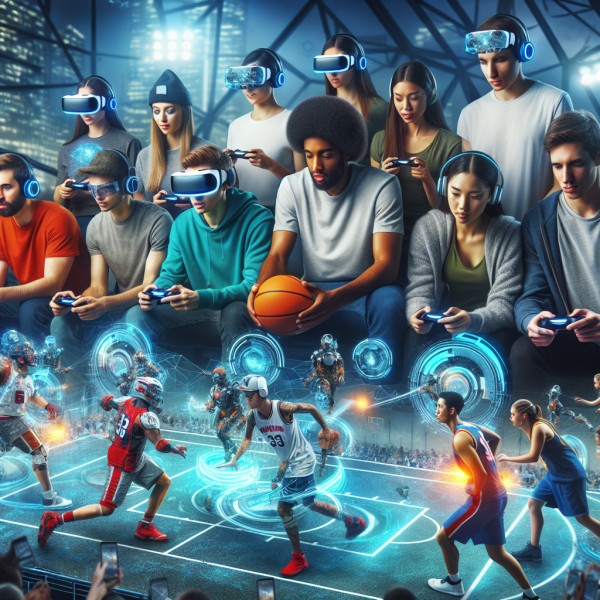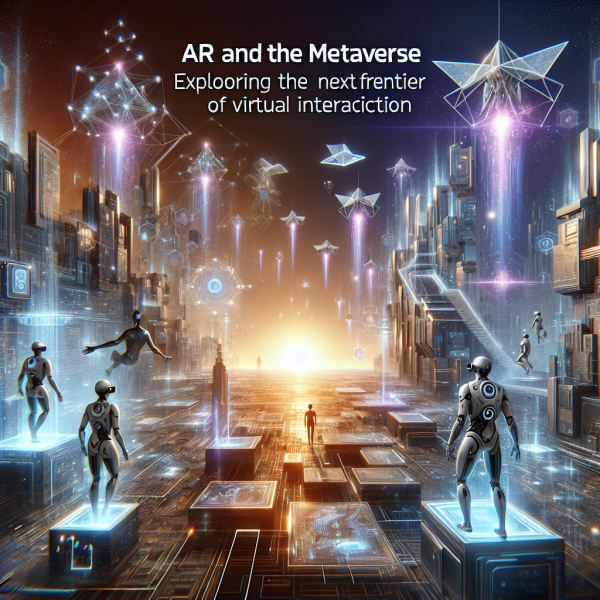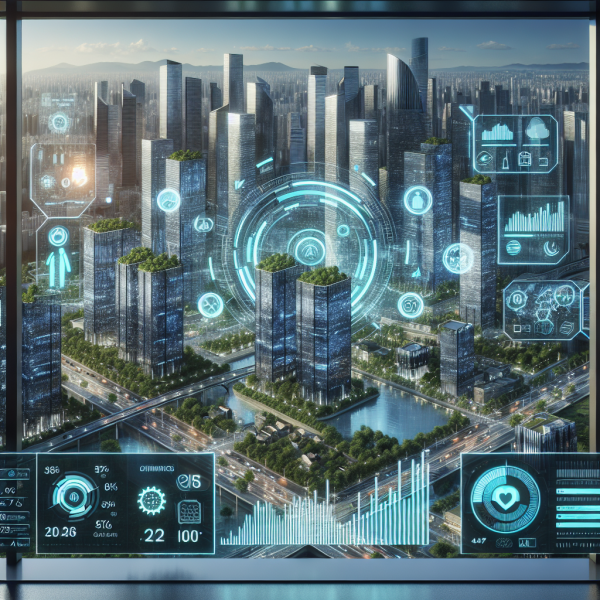Transforming Reality: The Latest Breakthroughs in Augmented Reality Technology

Augmented Reality (AR) has evolved rapidly over the past few years, transforming from a niche technological curiosity into a powerful tool with applications spanning various sectors, including education, healthcare, entertainment, and retail. As we delve into 2023, several groundbreaking advancements in AR technology are changing the way we interact with the digital world, blurring the boundaries between real and digital experiences. In this article, we explore the latest breakthroughs in AR, the challenges ahead, and their potential implications for the future.
1. Enhanced AR Hardware
The hardware supporting AR technologies continues to advance, significantly improving user experience and accessibility. Companies like Microsoft, Apple, and Meta are investing heavily in designing more lightweight, comfortable, and powerful AR glasses. For instance, Apple’s highly anticipated Vision Pro headset integrates high-resolution displays with intuitive controls, enabling seamless interaction with both physical and digital environments.
Moreover, improvements in battery life, field of view, and processing power have made AR devices more viable for prolonged use, allowing users to engage in extended experiences without fatigue or performance hiccups. These enhancements encourage broader adoption across industries, from vocational training to design and architecture.
2. Advanced Computer Vision and Machine Learning
At the heart of AR’s magic is its ability to recognize and interact with the real world in real-time. Recent breakthroughs in computer vision and machine learning have dramatically improved the accuracy and responsiveness of AR systems. New algorithms can analyze real-time data from the environment, identify objects, and overlay relevant digital content seamlessly.
For example, advancements in simultaneous localization and mapping (SLAM) technology allow AR systems to understand complex environments more intuitively, enabling realistic spatial experiences. This leap forward empowers developers to create applications that can dynamically adjust to the user’s surroundings, providing tailored experiences that evolve as users navigate their environments.
3. Immersive User Interfaces
Modern AR applications are increasingly focusing on developing immersive user interfaces that create more engaging interactions. Gesture recognition technology has made significant strides, allowing users to manipulate virtual objects using natural hand movements. For instance, advanced AR applications are now capable of recognizing multi-finger gestures and even facial expressions, which can be utilized in gaming, training simulations, and virtual collaboration tools.
Furthermore, voice recognition has become more sophisticated, enabling hands-free interaction with AR devices. The integration of voice control into AR experiences provides users with an intuitive way to engage without breaking their immersion, enhancing the overall usability of AR applications.
4. Collaborative AR Experiences
The rise of remote work and the need for collaboration tools has spurred developments in multi-user AR applications. Platforms like Spatial and TeamViewer are now offering solutions that enable teams to work together in a shared AR environment, regardless of their physical location. Users can visualize 3D models, annotate digital content, and communicate in real-time, creating a more interactive and effective teamwork experience.
This collaborative aspect of AR is becoming essential in fields such as architecture, design, and healthcare, where professionals need to share insights and ideas swiftly and effectively. The ability to visualize projects in real time fosters better decision-making and accelerates project timelines.
5. AR in Healthcare
One of the most promising areas for AR application is healthcare. Recent breakthroughs in AR technology are revolutionizing medical training and surgical procedures. AR applications allow medical students and practitioners to visualize complex anatomical structures superimposed on live patients, enhancing the learning experience and improving surgical precision.
Moreover, AR can be employed in patient rehabilitation, where therapists can create engaging, interactive experiences tailored to individual needs. By gamifying rehabilitation exercises, AR not only motivates patients but also allows for real-time tracking of their progress, providing valuable data to healthcare providers.
6. Challenges and the Future of AR
Despite the incredible advancements in AR technology, several challenges remain. Concerns over privacy and data security are paramount, especially as AR systems often require extensive data collection from users’ environments. Additionally, the quest for a universal AR standard poses a hurdle for developers and companies looking to create interoperable applications.
As we look to the future of AR, ongoing research and innovation will likely address these challenges while expanding the capabilities of augmented reality. With the integration of 5G networks, we can expect even more seamless experiences through reduced latency and improved connectivity. The introduction of affordable AR devices for everyday consumers will also play a crucial role in popularizing the technology and expanding its applications in daily life.
Conclusion
The latest breakthroughs in Augmented Reality technology are ushering in a new era of interactive engagement across various fields. With continuous advancements in hardware, software, and user interface design, AR is set to influence how we perceive and interact with the world around us. As businesses and individuals alike begin to harness the potential of AR, the transformation of reality is only just beginning. Embracing this innovative technology holds the key to unlocking new possibilities and redefining our interactions with the physical and digital realms.













